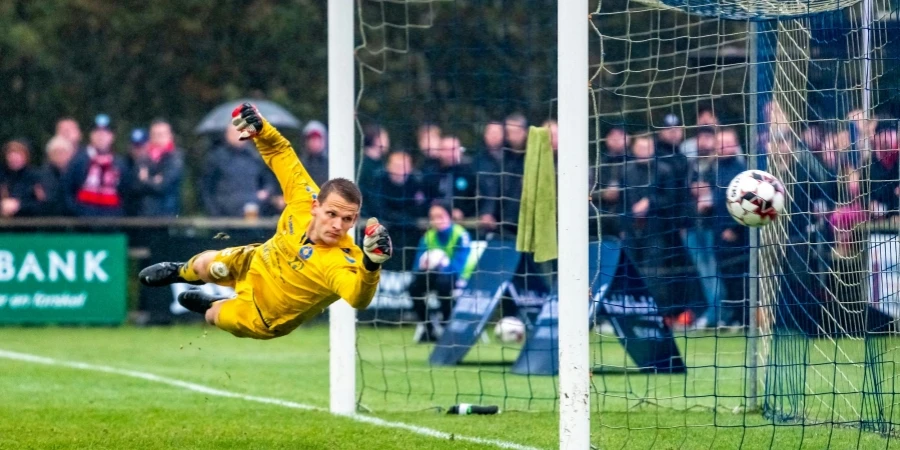Table of Contents
● Introduction
● A glove on the pulse: market overview
● Cutting-edge technology and design innovations in goalkeeper gloves
● Top-selling models driving market trends
● Conclusion
Introduction
Goalkeeper gloves have evolved into a highly specialized product, driven by innovations in grip technology, fit, and materials. For sports retailers and business professionals, understanding these advancements is crucial to staying ahead of market trends and catering to consumer preferences. With leading brands like Adidas and Reusch setting the pace, the goalkeeper gloves market is poised for significant growth in the coming years.
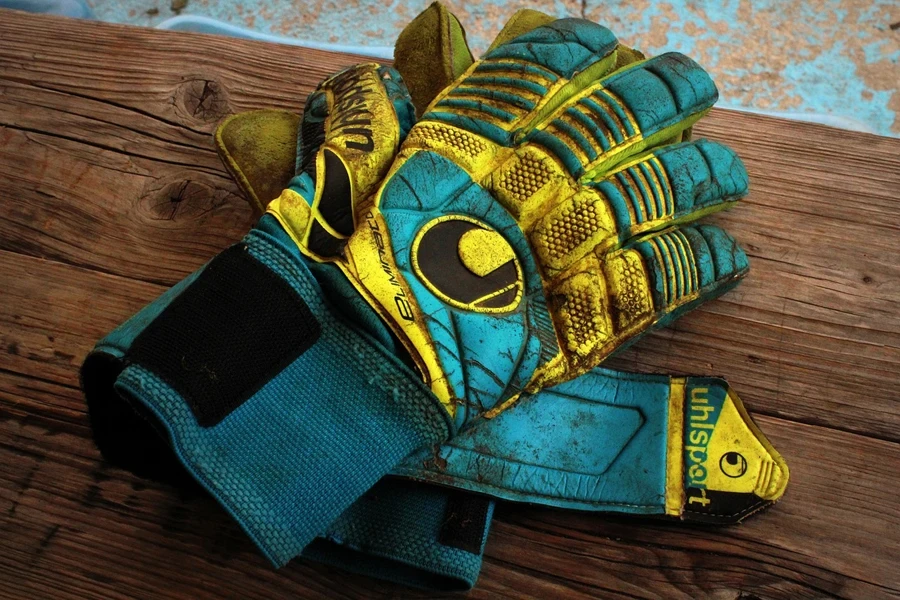
A glove on the pulse: Market overview
The global goalkeeper gloves market is projected to grow at a compound annual growth rate (CAGR) of 3.58% from 2024 to 2032, with an estimated market size of $1.77 billion by the end of the period. This growth is driven by increasing demand for advanced gloves that provide superior grip, protection, and durability. North America, Europe, and Asia-Pacific are leading regions, with the U.S. market expected to see a 5% CAGR due to the growing popularity of soccer. China, with its rising disposable income and increasing football participation, is also a key player in this market, according to Fact.MR and MarketResearchFuture.
Leading manufacturers like Adidas, Nike, and Reusch are driving market growth through innovations such as negative cut designs and hybrid glove constructions. For example, Nike’s Phantom Elite gloves and Adidas’ Predator Pro are popular models contributing to sales. In 2023, the market was valued at $1.29 billion, with Adidas holding a significant share. As the industry evolves, trends like digital transformation and sustainable production practices are expected to further drive demand, according to DataIntelo and Cognitive Market Research.
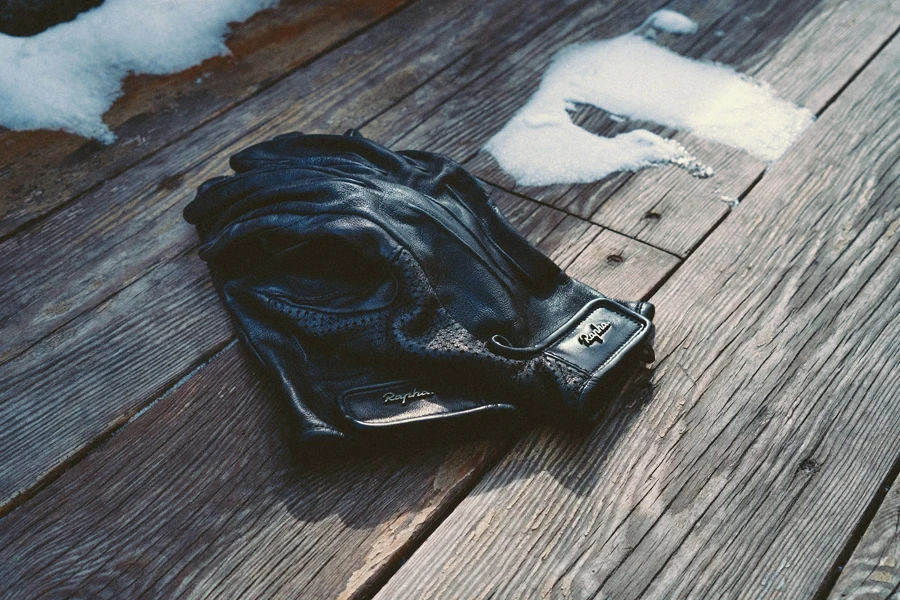
Cutting-edge technology and design innovations in goalkeeper gloves
Modern goalkeeper gloves integrate advanced designs that significantly enhance a goalkeeper’s performance by focusing on grip, fit, and durability. One of the primary innovations lies in the variety of glove cuts. The rollfinger cut is favored for providing maximum latex coverage, wrapping around the entire finger to increase grip. This design offers excellent ball control but may feel bulkier. In contrast, flat palm gloves, stitched with gussets on the outside, create a looser fit that some goalkeepers find more comfortable. Hybrid gloves, combining rollfinger and flat palm elements, are becoming increasingly popular for providing both a snug fit and superior grip control, according to The One Glove and Stanno.
One of the most significant technological advancements is in grip technology, which has seen brands like Uhlsport, Reusch, and One Glove lead the way. Uhlsport’s Supergrip latex incorporates special adhesive particles that enhance the tackiness of the glove, improving ball control even in wet conditions. Reusch has introduced GluePrint, a technology that strategically places sticky latex on the palm to improve grip in the areas that make the most contact with the ball during saves. One Glove has developed the Impact 1.0 palm, specifically engineered for hard surfaces, offering a balance between durability and superior grip. According to Just Keepers, these innovations in grip technology ensure that goalkeepers can maintain better control over the ball, regardless of the playing surface or weather conditions.
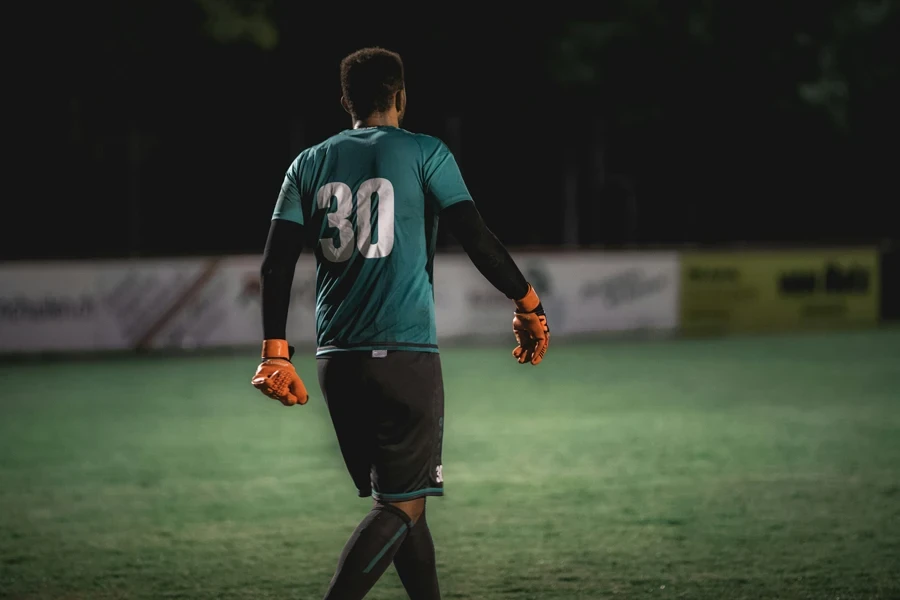
Material innovation plays a crucial role in modern glove design. Manufacturers are increasingly using eco-friendly foams and breathable fabrics to meet the growing demand for sustainable products without sacrificing performance. For instance, gloves like Uhlsport’s Absolutgrip are known for their durability, softness, and grip, while also providing enhanced cushioning. These materials not only improve performance but also contribute to the glove’s overall flexibility and moisture management. According to Stanno, breathable fabrics incorporated into glove construction keep hands dry and comfortable, improving both comfort and grip consistency throughout matches.
Advancements in technology don’t stop at grip and materials; glove construction itself has seen significant improvement. Negative cut gloves, which are becoming increasingly popular among professional goalkeepers, use stitching on the inside of the glove, resulting in a tighter, more streamlined fit. This tighter fit enhances precision when handling the ball, making it ideal for goalkeepers who prefer a snug feel. Hybrid gloves combine elements of rollfinger and negative cuts, allowing goalkeepers to benefit from both increased latex-to-ball contact and a close, form-fitting design, enhancing both control and comfort, according to The One Glove and Just Keepers.
These technological developments collectively improve performance by providing goalkeepers with gloves that offer better ball control, flexibility, and durability. The integration of advanced grip technologies, eco-friendly materials, and innovative glove cuts has made modern goalkeeper gloves a critical piece of equipment for any serious player, ensuring that they can perform at their best in any conditions.
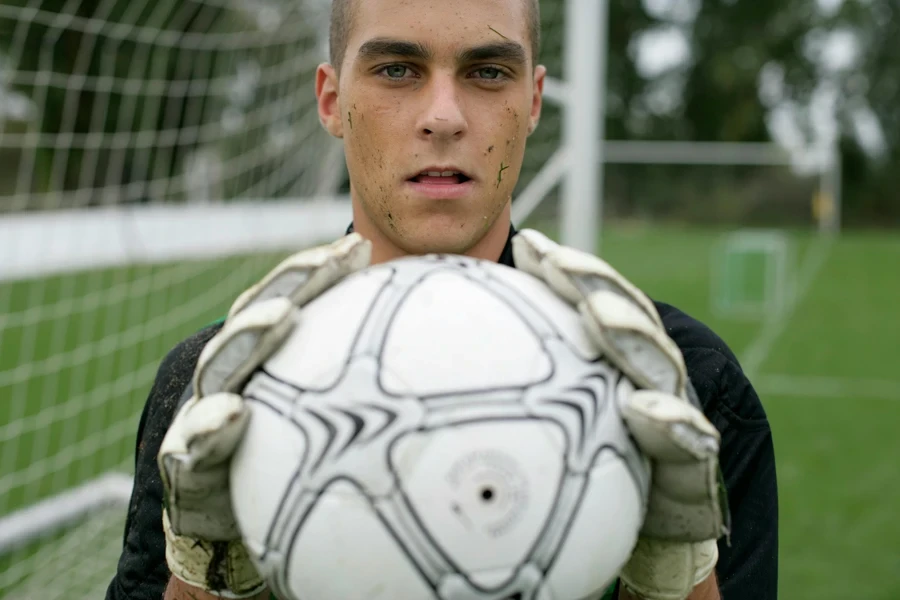
Top-selling models driving market trends
Several high-performing goalkeeper gloves are driving market trends, with standout models such as Uhlsport’s Hyperflex, Reusch’s GluePrint, and Adidas’ Predator Pro leading the charge. Uhlsport’s Hyperflex gloves are designed with innovative split palm technology, enhancing flexibility and providing a natural fit for the goalkeeper’s hand. These gloves also incorporate Supergrip+ technology, delivering superior grip in key areas of the glove. Reusch’s GluePrint model, on the other hand, is praised for its strategically placed sticky print on the palm, offering increased grip in the areas that make the most contact with the ball during saves. Adidas’ Predator Pro gloves feature the “Zone Skin” design, which optimizes grip and control, particularly in challenging weather conditions, according to Just Keepers and The One Glove.
Consumer preferences in the goalkeeper gloves market often revolve around a balance between grip and durability. Goalkeepers who prioritize ball control and precision tend to favor gloves like Reusch’s GluePrint and Adidas’ Predator Pro, which offer superior grip technologies but may wear faster due to the nature of their sticky palm surfaces. In contrast, models like One Glove’s Impact 1.0 are built to provide a combination of grip and long-lasting durability, making them ideal for keepers who play on harder surfaces or in rougher conditions. The rising demand for gloves that strike the right balance between these two factors is shaping product development across all major brands, according to Stanno and Just Keepers.
Professional endorsements and collaborations also play a significant role in influencing consumer choices. Brands like Adidas and Nike secure endorsements from world-class goalkeepers such as Manuel Neuer and Thibaut Courtois, which significantly drive sales for their respective gloves. These collaborations not only boost the visibility of the product but also enhance its credibility, as many amateur and professional goalkeepers look to emulate their heroes on the field. Additionally, collaborations between brands and football clubs or national teams further amplify this trend, cementing certain models as must-haves for consumers, as noted by MarketResearchFuture and Fact.MR.
Price points are another critical factor influencing market trends, ranging from affordable options to premium-grade gloves. Entry-level models, typically priced below $50, cater to casual players and younger athletes, while premium gloves like the Adidas Predator Pro and Reusch’s GluePrint can exceed $200, appealing to professional and high-level players. This wide range of pricing ensures that there are options for every level of player, making the market highly accessible while still offering top-tier performance features for those willing to invest in premium gloves, according to DataIntelo and Cognitive Market Research.
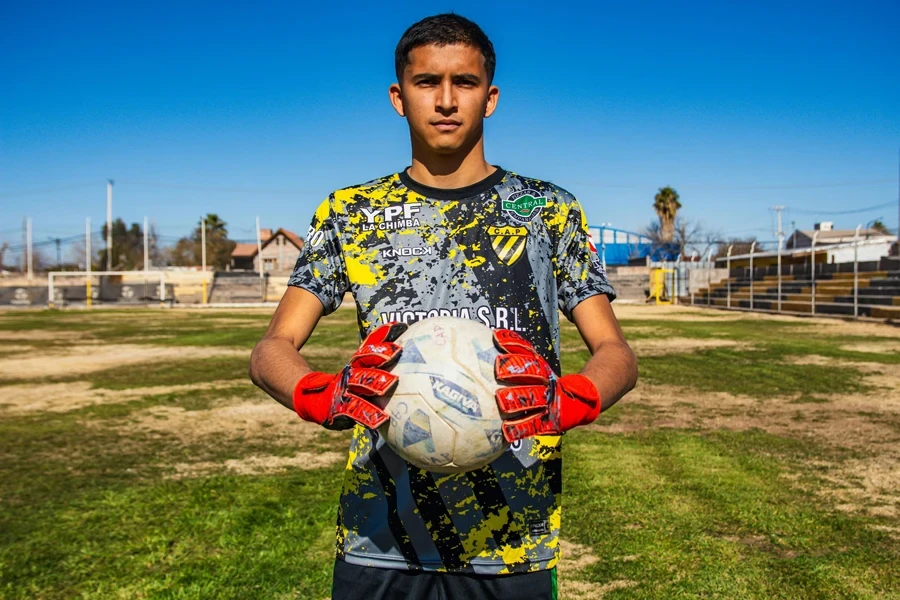
Conclusion
Technological advancements and design innovations are playing a pivotal role in shaping the goalkeeper gloves market. As brands continue to refine glove construction, enhance grip technologies, and incorporate eco-friendly materials, the demand for high-performance products is steadily rising. These trends, combined with professional endorsements and a wide range of price points, ensure that gloves are accessible to players of all levels while still offering cutting-edge features for professionals. The focus on durability, ball control, and comfort will continue to drive market growth and push the industry forward.
